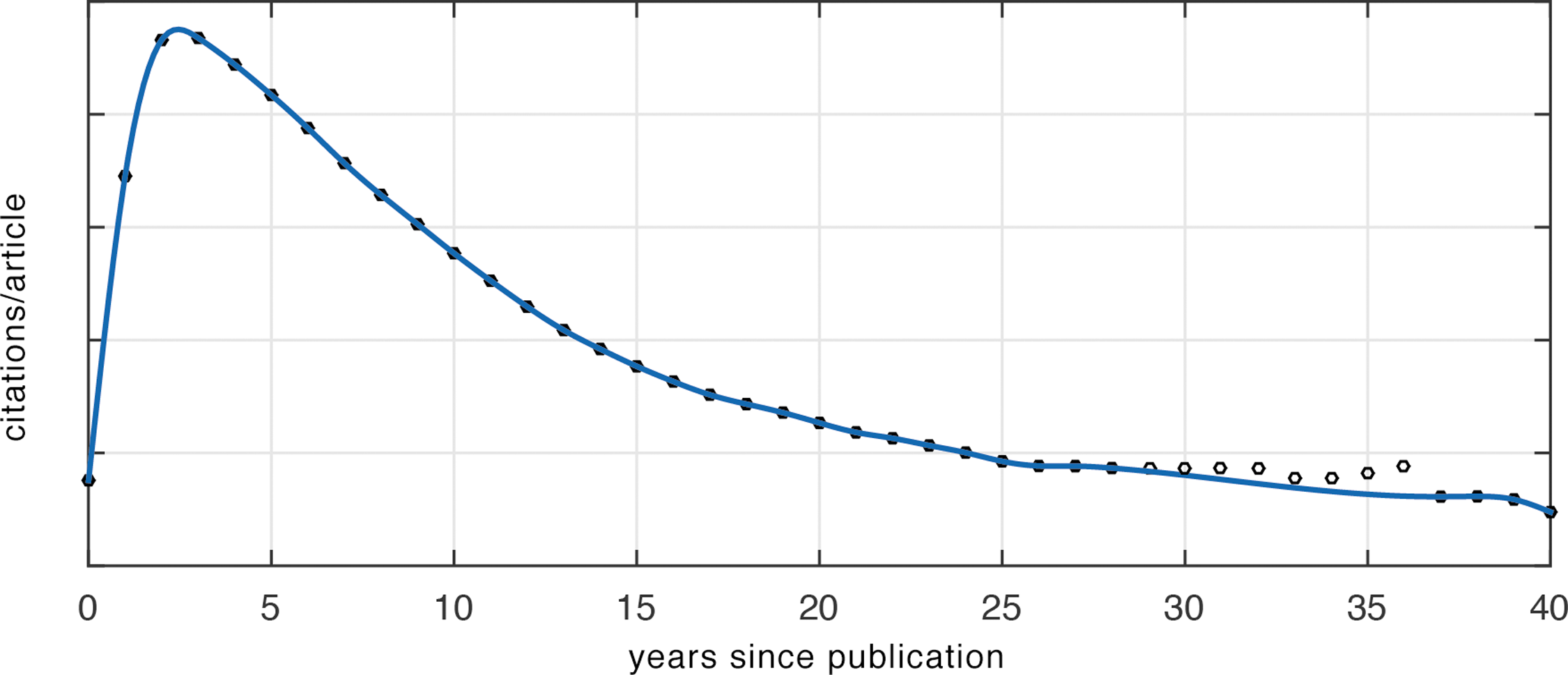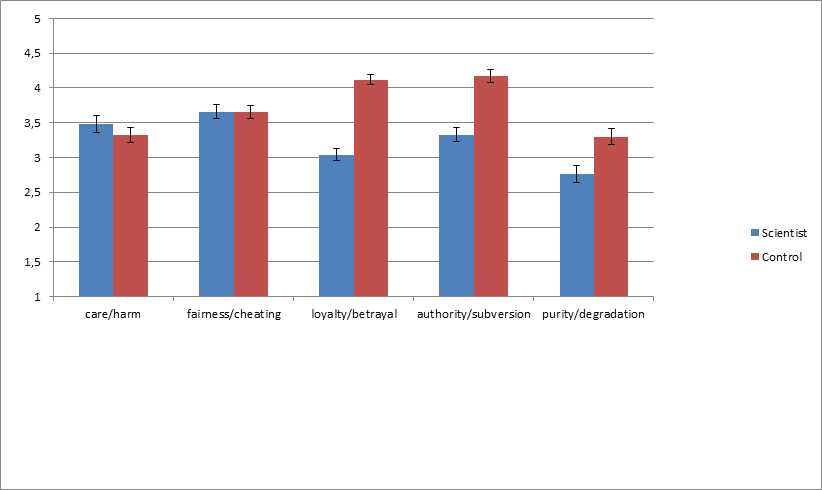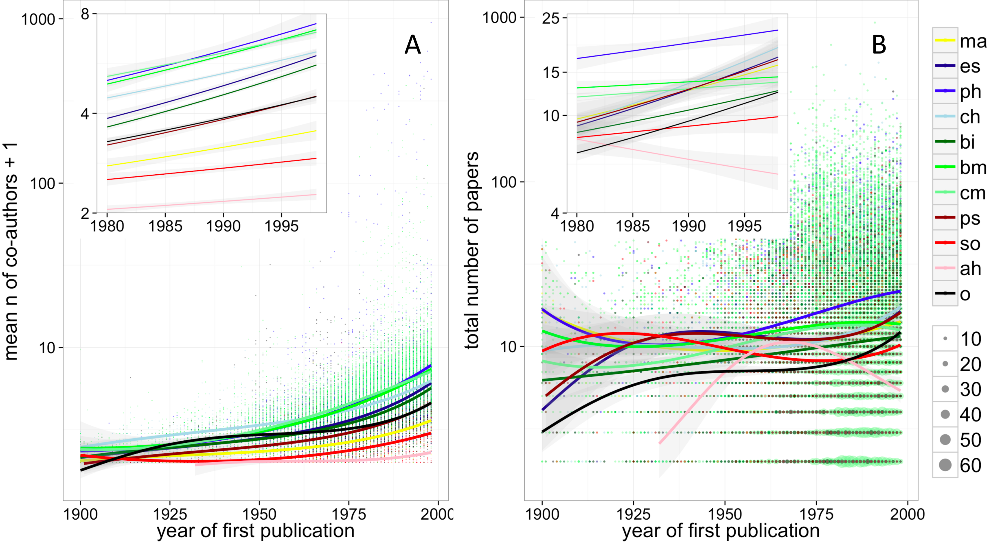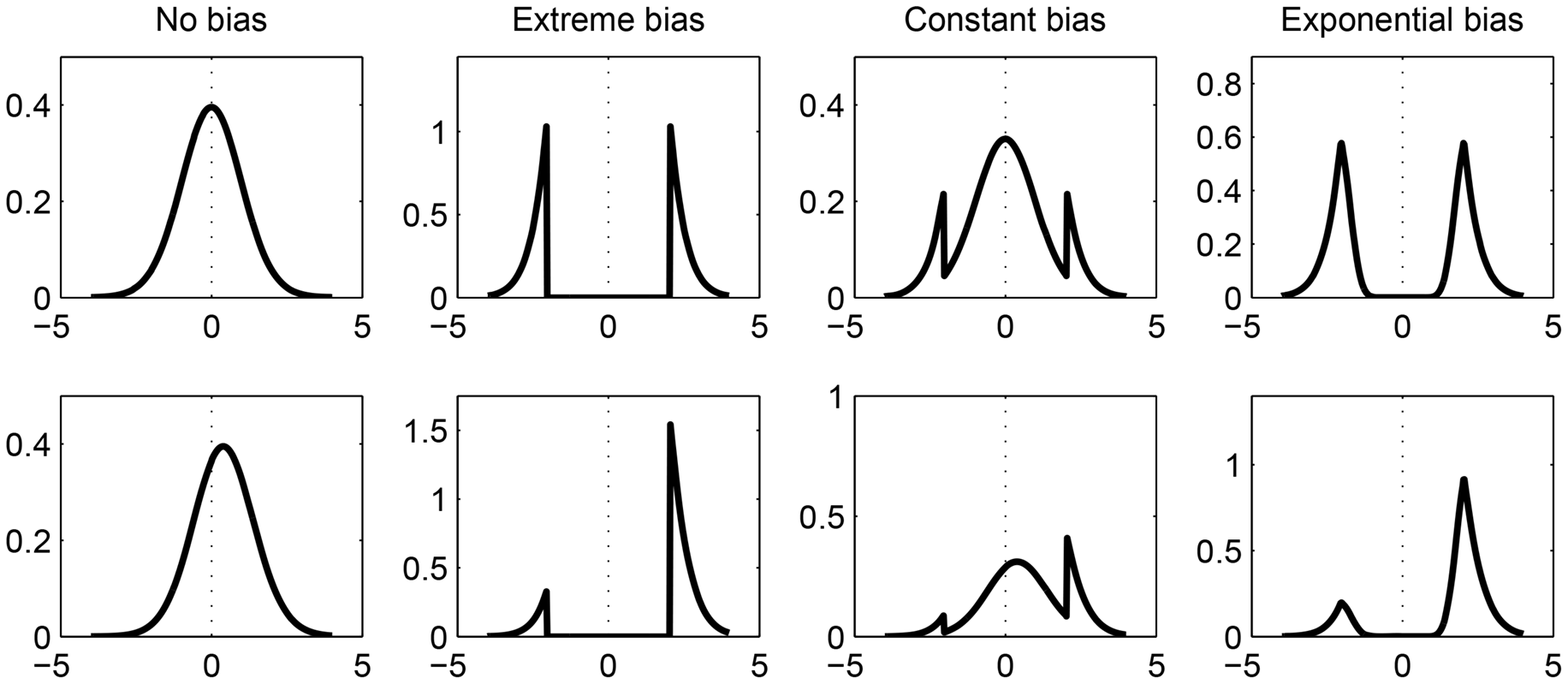Personality Traits Are Associated with Research Misbehavior in Dutch Scientists
Personality Traits Are Associated with Research Misbehavior in Dutch Scientists
A Cross-Sectional Study
Send us a link
A Cross-Sectional Study
Dr. Joerg Heber has been appointed Editor-in-Chief of PLOS ONE.

Many studies show that open access (OA) articles are downloaded, and presumably read, more often than closed access/subscription-only articles. This study addresses those factors and shows that an open access citation advantage as high as 19% exists, even when articles are embargoed during some or all of their prime citation years.

This Community Page presents an open-access platform, protocols.io ( https://www.protocols.io/ ), which enables collaborative sharing and discovery of state-of-the-art research methods.
Paper examining whether federal research investment serves as a complement or substitute for state and local government, nonprofit, and industry research investment using the population of research-active academic science fields at U.S. doctoral granting institutions.
A comparison of the methodological quality and the quality of reporting of primary epidemiological studies and systematic reviews and meta-analyses published in OA and non-OA journals.

Do people think that scientists are bad people? Although surveys find that science is a highly respected profession, a growing discourse has emerged regarding how science is often judged negatively.

The total number of papers published by researchers during their early career period (first fifteen years) has increased in recent decades, but so has their average number of co-authors.

We revisit the results of the recent Reproducibility Project: Psychology by the Open Science Collaboration. We compute Bayes factors—a quantity that can be used to express comparative evidence for an hypothesis but also for the null hypothesis—for a large subset ( N = 72) of the original papers and their corresponding replication attempts. In our computation, we take into account the likely scenario that publication bias had distorted the originally published results. Overall, 75% of studies gave qualitatively similar results in terms of the amount of evidence provided. However, the evidence was often weak (i.e., Bayes factor < 10). The majority of the studies (64%) did not provide strong evidence for either the null or the alternative hypothesis in either the original or the replication, and no replication attempts provided strong evidence in favor of the null. In all cases where the original paper provided strong evidence but the replication did not (15%), the sample size in the replication was smaller than the original. Where the replication provided strong evidence but the original did not (10%), the replication sample size was larger. We conclude that the apparent failure of the Reproducibility Project to replicate many target effects can be adequately explained by overestimation of effect sizes (or overestimation of evidence against the null hypothesis) due to small sample sizes and publication bias in the psychological literature. We further conclude that traditional sample sizes are insufficient and that a more widespread adoption of Bayesian methods is desirable.

This article describes a systematic analysis of the relationship between empirical data and theoretical conclusions for a set of experimental psychology articles published in the journal Science between 2005-2012.
It is unclear whether or how the career preferences of women and underrepresented minority scientists change in manners distinct from their better-represented peers.
The number of funded applications per year was found to correlate well with total annual citation impact, suggesting that improving funding success rates by reducing the size of awards may be an efficient funding strategy to optimize the scientific impact of research program portfolios.
Young researchers, especially women, are more likely to be sexually harassed or assaulted when they are doing fieldwork than in the office.
A new study finds that very few scientists (fewer than 1%) manage to publish a paper every year. But these scientists dominate the research journals, having their names on 41% of all papers.
The lower bound number of scholarly documents, published in English, available on the web is roughly 114 million.
Publishing everything is more effective than only reporting significant outcomes.
How easy is it to reproduce the results found in a typical computational biology paper? Either through experience or intuition the reader will already know that the answer is with difficulty or not at all.
The research blog has become a popular mechanism for the quick discussion of scholarly information. However, the characteristics of this form of scientific discourse are not well understood, for example in terms of the spread of blogger levels of education, gender and institutional affiliations.